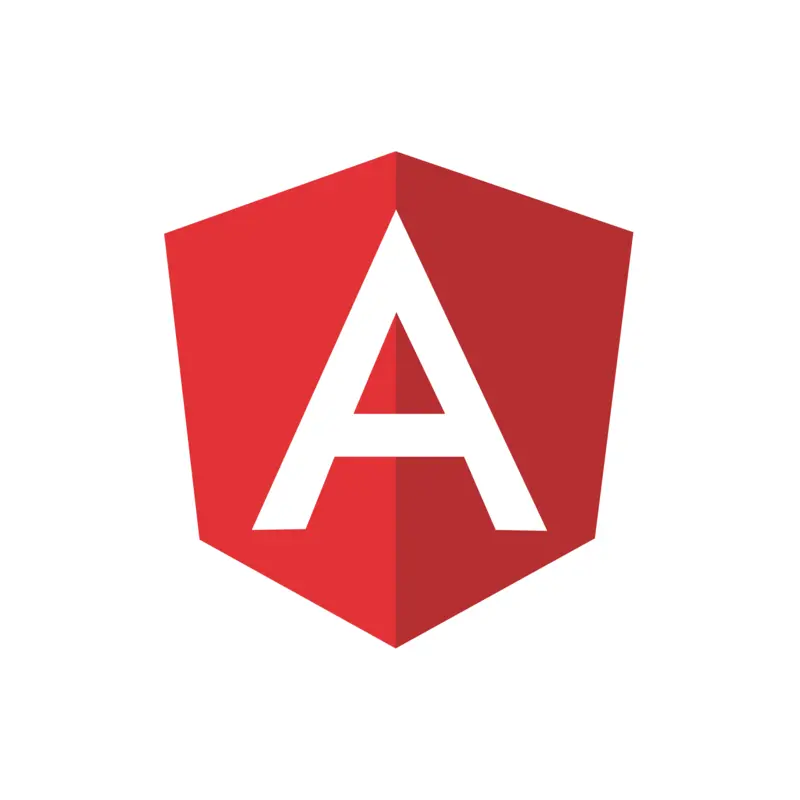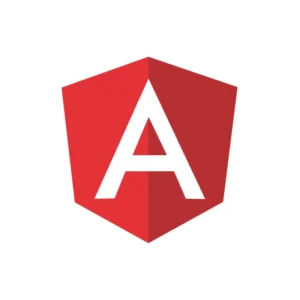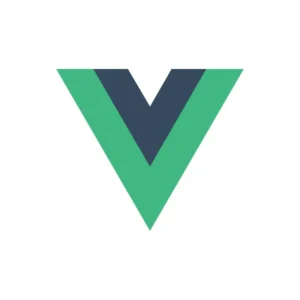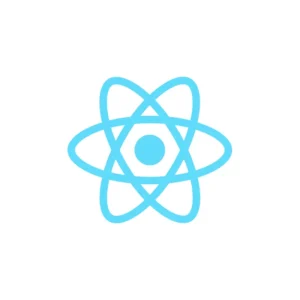This course is designed to introduce you to Angular, a powerful framework for building dynamic web applications. This course will cover the fundamental concepts of Angular, including components, data binding, services, and routing. By the end of the course, you’ll be equipped with the skills to build your first Angular application and understand the framework’s core principles.
Course Objectives:
•Understand the basics of Angular and its architecture.
•Set up an Angular development environment.
•Learn to create and manage Angular components.
•Explore data binding and event handling in Angular.
•Implement routing and navigation in Angular applications.
•Understand services and dependency injection.
•Build and style user interfaces with Angular.
Lesson Breakdown
Lesson 1: Introduction to Angular
Learn what Angular is and why it’s a powerful framework for building web applications. Understand the key features of Angular, including its component-based architecture and dependency injection. Gain insight into the benefits of using Angular and how it compares to other frameworks.
Lesson 2: Setting Up the Development Environment
Set up your development environment by installing Node.js, Angular CLI, and creating your first Angular project. Understand the basic project structure and how to run your application locally. Get ready to start building with Angular.
Lesson 3: JavaScript Fundamentals for Angular
Cover essential JavaScript concepts such as variables, functions, arrays, and objects. Learn ES6 features like arrow functions, template literals, and destructuring, which are commonly used in Angular. Build a solid JavaScript foundation to proceed confidently with Angular.
Lesson 4: Angular Components
Dive into Angular components, the building blocks of Angular applications. Learn how to create, configure, and use components. Understand component templates, styles, and encapsulation.
Lesson 5: Data Binding and Event Handling
Explore the different types of data binding in Angular, including interpolation, property binding, event binding, and two-way binding. Learn how to handle user events and update the view accordingly. Understand the importance of data binding in creating dynamic applications.
Lesson 6: Directives in Angular
Learn about Angular directives and how they can enhance your application’s functionality. Understand the difference between structural and attribute directives. Practice using built-in directives like ngIf, ngFor, and ngClass to manipulate the DOM.
Lesson 7: Services and Dependency Injection
Discover how to create and use services to manage data and business logic in your Angular applications. Learn about dependency injection and how it helps to create modular and testable code. Understand how to provide and inject services into your components.
Lesson 8: Angular Routing and Navigation
Implement routing in your Angular application to navigate between different views. Learn how to set up routes, pass parameters, and handle navigation events. Understand how to use Angular Router to create a single-page application with multiple views.
Lesson 9: Forms in Angular
Learn how to build and manage forms in Angular using reactive and template-driven approaches. Understand how to handle form input, validation, and submission. Explore best practices for creating user-friendly forms.
Lesson 10: HTTP Client and API Integration
Integrate your Angular application with RESTful APIs using Angular’s HTTP client. Learn how to make HTTP requests, handle responses, and manage data from external sources. Understand how to handle errors and display data in your application.
Lesson 11: Styling Angular Components
Explore different ways to style your Angular components using CSS, SCSS, and Angular’s built-in styling capabilities. Learn how to apply global and component-specific styles. Understand how to use Angular Material to create a responsive and visually appealing user interface.
By the end of “Angular: Beginner,” you’ll have a solid understanding of Angular’s core concepts and be able to build your own basic Angular applications. This course will provide a strong foundation for further exploration and development with Angular.




